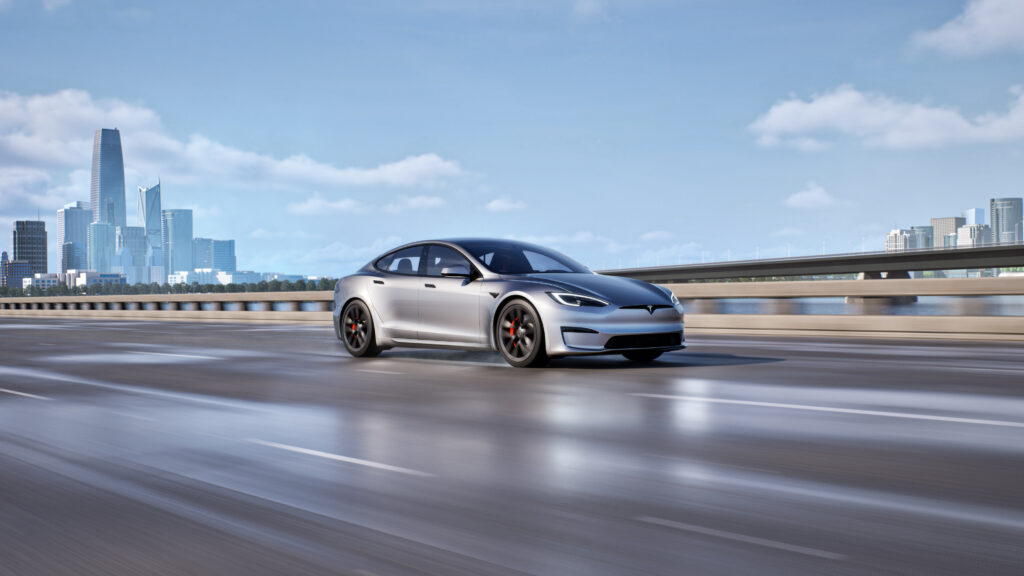
Tesla’s (TSLA) Model S has been a game-changer since its launch in 2012, paving the way for luxury EVs and setting benchmarks for range, performance, and style. But as competition heats up and the EV landscape evolves, the once-flagship model is starting to show its age.
In an effort to reignite interest, Tesla has dusted off an old favorite: lifetime free Supercharging. Let’s break down what this move means—and whether it’s enough to keep the Model S relevant in 2024.
The Return of Free Supercharging
Starting December 13, 2024, anyone purchasing or leasing a new Tesla Model S in the U.S. will enjoy free Supercharging for the duration of their ownership or lease.
CHECK THIS OUT! Please check out the Tesla Model S forum here; https://teslas.forum/
But there’s a catch: this perk is tied to the original owner’s Tesla account and doesn’t transfer if the vehicle is sold. Commercial users, like rideshare or delivery drivers, are also excluded.

Tesla has brought back free Supercharging as an incentive before, but this time, it’s explicitly limited to the original owner, removing the resale value boost older Teslas enjoyed when the perk followed the car. Think of it as a nostalgic nod to the past rather than a groundbreaking benefit.
A Mixed Bag for Buyers
On paper, lifetime free Supercharging sounds great—it’s the EV equivalent of “unlimited gas.” But dig deeper, and the numbers reveal a more complex story. Most Model S owners charge at home, making Supercharging more of a convenience than a necessity.
Over a few years, the average driver might save a couple of thousand dollars, depending on how often they hit the road. For some, it’s a compelling deal; for others, it’s a nice-to-have that won’t outweigh the car’s higher price tag.

Oh, right—the price. Just days before announcing this incentive, Tesla raised the starting price of the Model S by $5,000, bringing the base Dual-Motor AWD variant to $79,990 and the Plaid version to $94,990. So, while free Supercharging might sweeten the deal, buyers are still paying a premium upfront.
Model S Sales: A Tough Climb
Tesla’s decision to resurrect this perk underscores a larger issue: dwindling Model S sales. Once the crown jewel of Tesla’s lineup, the Model S has been overshadowed by the more affordable Model 3 and the practical, family-friendly Model Y.
In Q3 2024, Tesla delivered just 22,915 vehicles outside the Model 3/Y category, including the Model S, Model X, and Cybertruck. With Cybertruck estimates sitting around 15,000 units, that leaves fewer than 8,000 deliveries for the Model S and Model X combined—an all-time low.

To make matters worse, Tesla doesn’t break out sales by model, so we can only guess at how many of those deliveries were Model S sedans versus Model X SUVs. Either way, the numbers paint a clear picture: the Model S isn’t the sales juggernaut it once was.
Will Free Supercharging Make a Difference?
Bringing back free Supercharging is a clever move, but it’s not a silver bullet. For Tesla loyalists or road trip enthusiasts, the perk might be enough to justify upgrading to a new Model S. But for buyers comparing options in today’s crowded luxury EV market, it may not outweigh the car’s aging design and rising price.

Let’s not forget the competition. Rivals like the Lucid (LCID) Air and Mercedes (MBG.DE) EQS offer cutting-edge tech, luxurious interiors, and comparable ranges. Meanwhile, Tesla’s own Model 3 and Model Y continue to dominate sales, leaving the Model S in a tricky spot. Without a major redesign or new features, the Model S risks becoming a niche product—a collector’s item rather than a mainstream choice.
Charge Complete
Tesla’s free Supercharging for life is a strategic throwback aimed at boosting the Model S’s appeal in a rapidly changing market. While it’s a nice gesture that could sway a few buyers, the Model S’s real challenge lies in staying competitive against newer, flashier rivals.

Nostalgia can only carry you so far—and in the fast-moving world of EVs, even the pioneers need to evolve. Whether this move is a calculated stroke of genius or a sign of desperation, one thing is clear: the Model S’s road ahead is anything but smooth.




